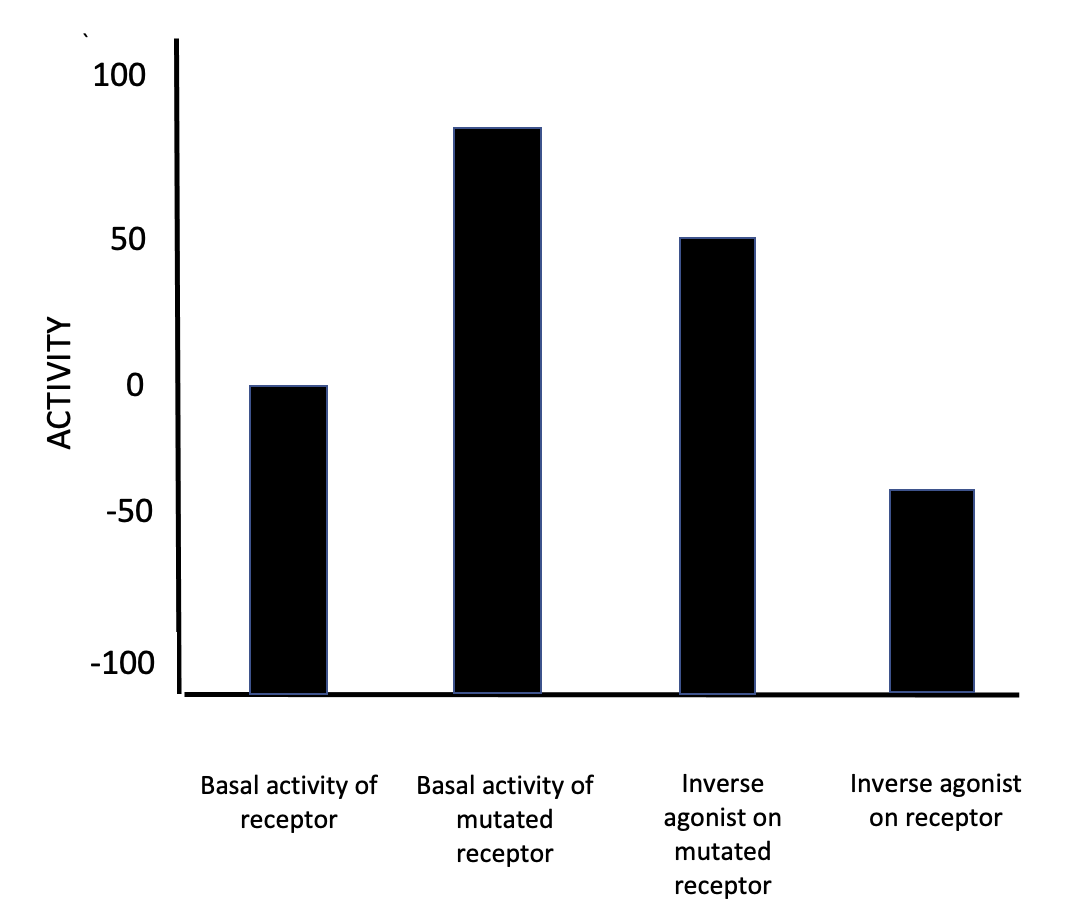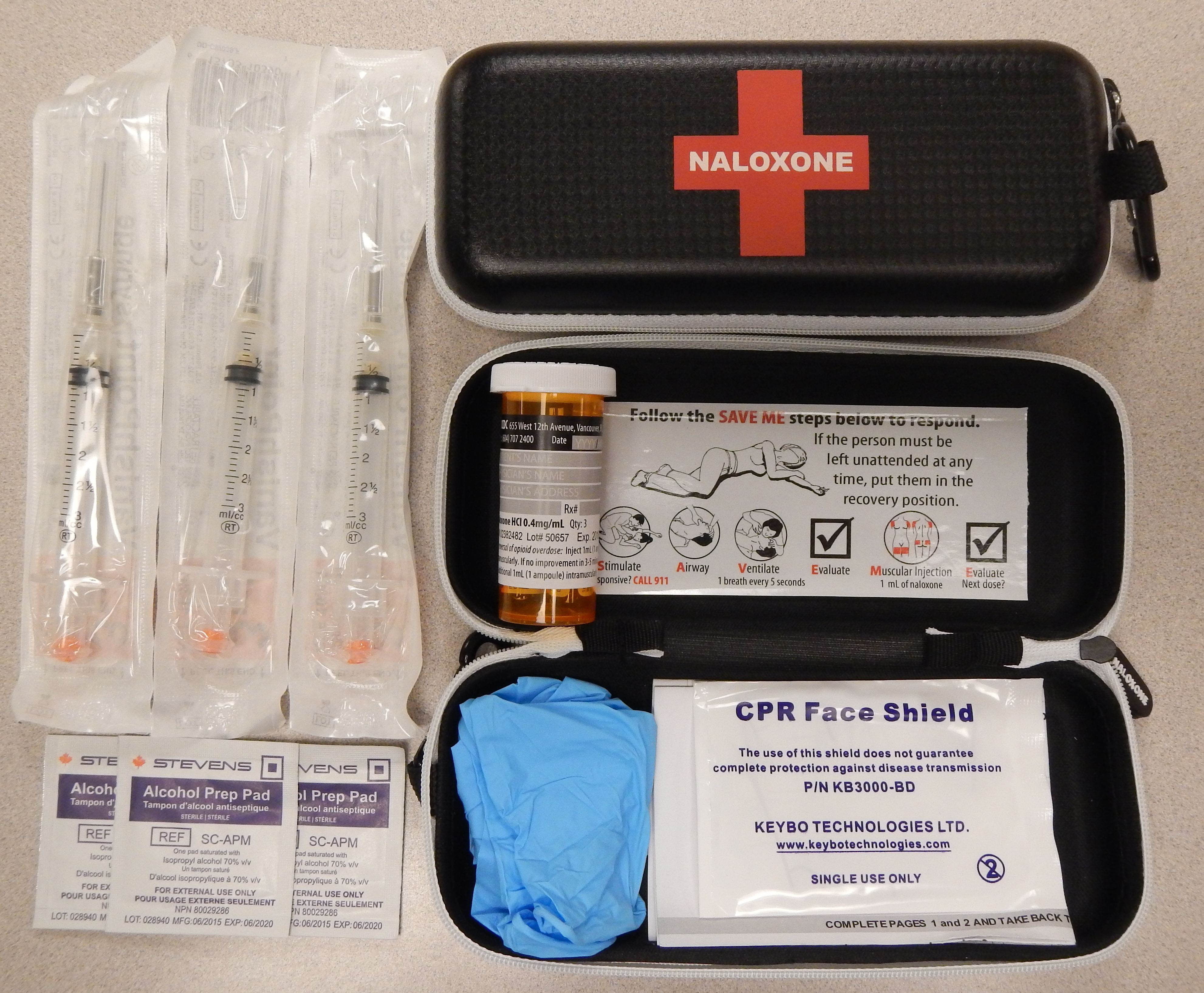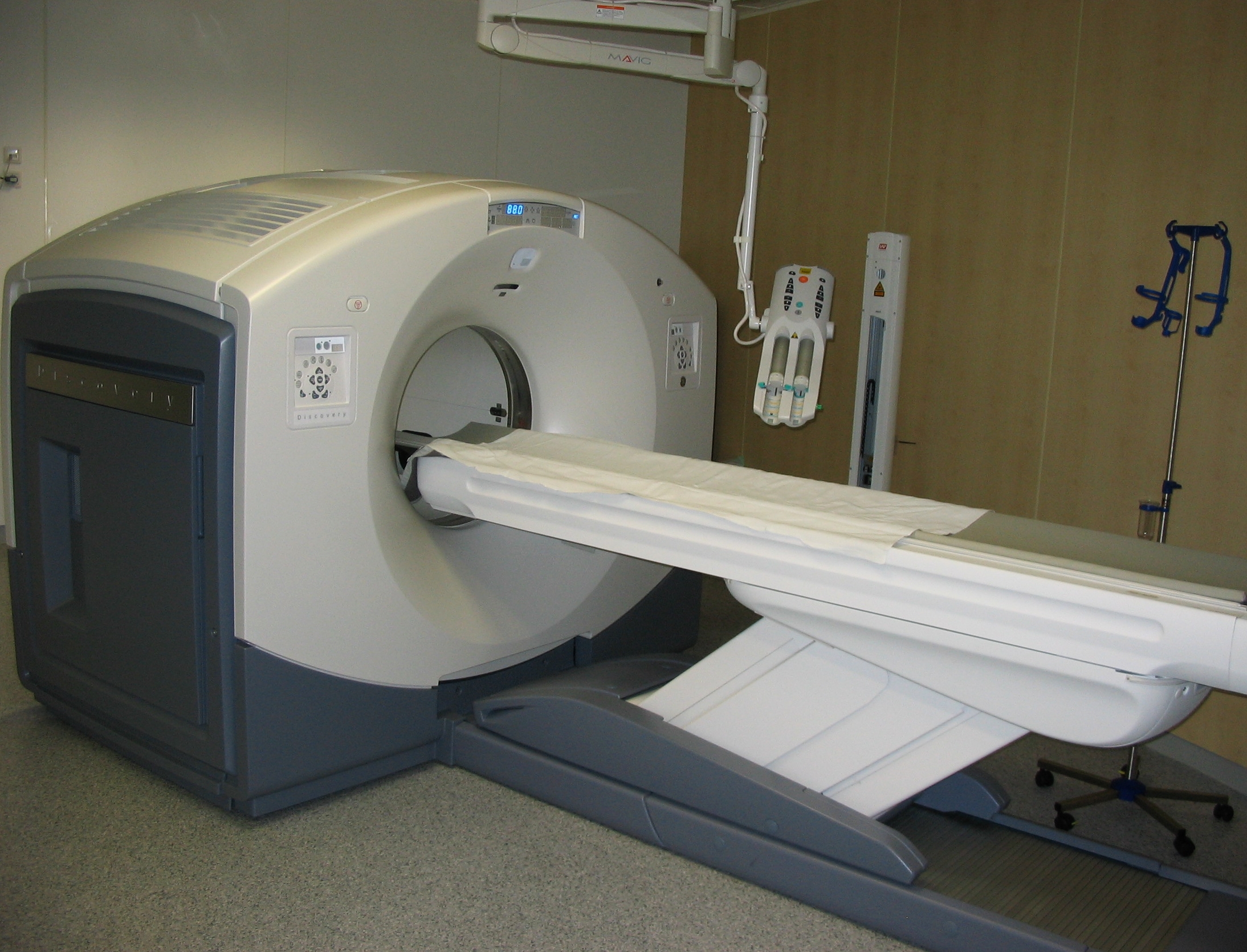|
Ro15-4513
Ro15-4513 ''( IUPAC: Ethyl-8-azido-5,6-dihydro-5-methyl-6-oxo-4H-imidazo-1,4-benzodiazepine-3-carboxylate)'' is a weak partial inverse agonist of the benzodiazepine class of drugs, developed by Hoffmann–La Roche in the 1980s. It acts as a inverse agonist (which acts in a similar way as a competitive antagonist), and can therefore be an antidote to the acute impairment caused by alcohols, including ethanol, isopropanol, tert-butyl alcohol, tert-amyl alcohol, 3-methyl-3-pentanol, methylpentynol and ethchlorvynol. Ro15-4513 is structurally related to the benzodiazepine antidote flumazenil. Uses Original development as alcohol antidote The main interest in Ro15-4513 was as an antidote to alcohol. Flumazenil effectively blocks the effects of benzodiazepine agonists such as alprazolam and diazepam and so is used for treating overdoses of these drugs but is ineffective in blocking alcohol actions. Ro15-4513 was somewhat less effective than flumazenil at blocking the effec ... [...More Info...] [...Related Items...] OR: [Wikipedia] [Google] [Baidu] |
Inverse Agonist
In pharmacology, an inverse agonist is a drug that binds to the same receptor as an agonist but induces a pharmacological response opposite to that of the agonist. A neutral antagonist has no activity in the absence of an agonist or inverse agonist but can block the activity of either. Inverse agonists have opposite actions to those of agonists but the effects of both of these can be blocked by antagonists. A prerequisite for an inverse agonist response is that the receptor must have a constitutive (also known as intrinsic or basal) level of activity in the absence of any ligand. An agonist increases the activity of a receptor above its basal level, whereas an inverse agonist decreases the activity below the basal level. The efficacy of a full agonist is by definition 100%, a neutral antagonist has 0% efficacy, and an inverse agonist has < 0% (i.e., negative) efficacy. Examples Receptors for which inverse agonists have been identified include the[...More Info...] [...Related Items...] OR: [Wikipedia] [Google] [Baidu] |
Flumazenil
Flumazenil (also known as flumazepil, code name Ro 15-1788) is a selective GABAA receptor antagonist administered via injection, otic insertion, or intranasally. Therapeutically, it acts as both an antagonist and antidote to benzodiazepines (particularly in cases of overdose), through competitive inhibition. It was first characterized in 1981, and was first marketed in 1987 by Hoffmann-La Roche under the trade name Anexate. However, it did not receive FDA approval until December 20, 1991. The developer lost its exclusive patent rights in 2008; so at present, generic formulations of this drug are available. Intravenous flumazenil is primarily used to treat benzodiazepine overdoses and to help reverse anesthesia. Administration of flumazenil by sublingual lozenge and topical cream has also been tested. Medical uses Flumazenil benefits patients who become excessively drowsy after use of benzodiazepines for either diagnostic or therapeutic procedures. The drug has been used as ... [...More Info...] [...Related Items...] OR: [Wikipedia] [Google] [Baidu] |
Competitive Antagonist
A receptor antagonist is a type of receptor ligand or drug that blocks or dampens a biological response by binding to and blocking a receptor rather than activating it like an agonist. Antagonist drugs interfere in the natural operation of receptor proteins.Pharmacology Guide: In vitro pharmacology: concentration-response curves " '' GlaxoWellcome.'' Retrieved on December 6, 2007. They are sometimes called blockers; examples include s, |
GABAA Receptor
The GABAA receptor (GABAAR) is an ionotropic receptor and ligand-gated ion channel. Its endogenous ligand is γ-aminobutyric acid (GABA), the major inhibitory neurotransmitter in the central nervous system. Upon opening, the GABAA receptor on the postsynaptic cell is selectively permeable to chloride ions (Cl−) and, to a lesser extent, bicarbonate ions (HCO3−). Depending on the membrane potential and the ionic concentration difference, this can result in ionic fluxes across the pore. If the membrane potential is higher than the equilibrium potential (also known as the reversal potential) for chloride ions, when the receptor is activated Cl− will flow into the cell. This causes an inhibitory effect on neurotransmission by diminishing the chance of a successful action potential occurring at the postsynaptic cell. The reversal potential of the GABAA-mediated inhibitory postsynaptic potential (IPSP) in normal solution is −70 mV, contrasting the GABAB IPSP (-100 mV). T ... [...More Info...] [...Related Items...] OR: [Wikipedia] [Google] [Baidu] |
Anxiety
Anxiety is an emotion which is characterized by an unpleasant state of inner turmoil and includes feelings of dread over anticipated events. Anxiety is different than fear in that the former is defined as the anticipation of a future threat whereas the latter is defined as the emotional response to a real threat. It is often accompanied by nervous behavior such as pacing back and forth, somatic complaints, and rumination. Anxiety is a feeling of uneasiness and worry, usually generalized and unfocused as an overreaction to a situation that is only subjectively seen as menacing. It is often accompanied by muscular tension, restlessness, fatigue, inability to catch one's breath, tightness in the abdominal region, nausea, and problems in concentration. Anxiety is closely related to fear, which is a response to a real or perceived immediate threat (fight or flight response); anxiety involves the expectation of future threat including dread. People facing anxiety may withdraw fro ... [...More Info...] [...Related Items...] OR: [Wikipedia] [Google] [Baidu] |
Azido
In chemistry, azide is a linear, polyatomic anion with the formula and structure . It is the conjugate base of hydrazoic acid . Organic azides are organic compounds with the formula , containing the azide functional group. The dominant application of azides is as a propellant in air bags. Preparation Sodium azide is made industrially by the reaction of nitrous oxide, with sodium amide in liquid ammonia as solvent: : Many inorganic azides can be prepared directly or indirectly from sodium azide. For example, lead azide, used in detonators, may be prepared from the metathesis reaction between lead nitrate and sodium azide. An alternative route is direct reaction of the metal with silver azide dissolved in liquid ammonia. Some azides are produced by treating the carbonate salts with hydrazoic acid. Bonding Azide is isoelectronic with carbon dioxide , cyanate , nitrous oxide , nitronium ion and cyanogen fluoride NCF. Per valence bond theory, azide can be described by sever ... [...More Info...] [...Related Items...] OR: [Wikipedia] [Google] [Baidu] |
Methadone
Methadone, sold under the brand names Dolophine and Methadose among others, is a synthetic opioid agonist used for chronic pain and also for opioid dependence. It is used to treat chronic pain, and it is also used to treat addiction to heroin or other opioids. Prescribed for daily use, the medicine relieves cravings and removes withdrawal symptoms. Detoxification using methadone can be accomplished in less than a month, or it may be done gradually over as long as six months. While a single dose has a rapid effect, maximum effect can take up to five days of use. The pain-relieving effects last about six hours after a single dose. After long-term use, in people with normal liver function, effects last 8 to 36 hours. Methadone is usually taken by mouth and rarely by injection into a muscle or vein. Side effects are similar to those of other opioids. These frequently include dizziness, sleepiness, vomiting, and sweating. Serious risks include opioid abuse and respiratory depre ... [...More Info...] [...Related Items...] OR: [Wikipedia] [Google] [Baidu] |
Naloxone
Naloxone, sold under the brand names Narcan (4 mg) and Kloxxado (8 mg) among others, is a medication used to reverse or reduce the effects of opioids. It is commonly used to counter decreased breathing in opioid overdose. Effects begin within two minutes when given intravenously, and within five minutes when injected into a muscle. The medicine can also be administered by spraying it into a person's nose. Naloxone commonly blocks the effects of opioids for 30 to 90 minutes. Multiple doses may be required, as the duration of action of some opioids is greater than that of naloxone. Administration to opioid-dependent individuals may cause symptoms of opioid withdrawal, including restlessness, agitation, nausea, vomiting, a fast heart rate, and sweating. To prevent this, small doses every few minutes can be given until the desired effect is reached. In those with previous heart disease or taking medications that negatively affect the heart, further heart problems have occurred. ... [...More Info...] [...Related Items...] OR: [Wikipedia] [Google] [Baidu] |
International Union Of Pure And Applied Chemistry
The International Union of Pure and Applied Chemistry (IUPAC ) is an international federation of National Adhering Organizations working for the advancement of the chemical sciences, especially by developing nomenclature and terminology. It is a member of the International Science Council (ISC). IUPAC is registered in Zürich, Switzerland, and the administrative office, known as the "IUPAC Secretariat", is in Research Triangle Park, North Carolina, United States. This administrative office is headed by IUPAC's executive director, currently Lynn Soby. IUPAC was established in 1919 as the successor of the International Congress of Applied Chemistry for the advancement of chemistry. Its members, the National Adhering Organizations, can be national chemistry societies, national academies of sciences, or other bodies representing chemists. There are fifty-four National Adhering Organizations and three Associate National Adhering Organizations. IUPAC's Inter-divisional Committee on ... [...More Info...] [...Related Items...] OR: [Wikipedia] [Google] [Baidu] |
Convulsions
A convulsion is a medical condition where the body muscles contract and relax rapidly and repeatedly, resulting in uncontrolled shaking. Because epileptic seizures typically include convulsions, the term ''convulsion'' is sometimes used as a synonym for ''seizure''. However, not all epileptic seizures lead to convulsions, and not all convulsions are caused by epileptic seizures. Convulsions are also consistent with an electric shock and improper enriched air scuba diving. Non-epileptic convulsions have no relation with epilepsy, and are caused by non-epileptic seizures. Convulsion is a common term generally describing uncontrollable muscle contractions. The term convulsion has been used interchangeably with the word "seizure". Seizures may cause a person to have convulsions, but this is not always the case. Convulsion is a type of seizure that involves bursts of electrical activity in the brain. Occasionally the reason for a convulsion is unfamiliar. A convulsion may be caused ... [...More Info...] [...Related Items...] OR: [Wikipedia] [Google] [Baidu] |
Overdoses
A drug overdose (overdose or OD) is the ingestion or application of a drug or other substance in quantities much greater than are recommended.Definitions Retrieved on 20 September 2014."Stairway to Recovery: Glossary of Terms" . Retrieved on 19 March 2021 Typically it is used for cases when a risk to health will potentially result. An overdose may result in a toxicity, toxic state or death. Classification [...More Info...] [...Related Items...] OR: [Wikipedia] [Google] [Baidu] |
PET Imaging
Positron emission tomography (PET) is a functional imaging technique that uses radioactive substances known as radiotracers to visualize and measure changes in metabolic processes, and in other physiological activities including blood flow, regional chemical composition, and absorption. Different tracers are used for various imaging purposes, depending on the target process within the body. For example: * Fluorodeoxyglucose ( 18F">sup>18FDG or FDG) is commonly used to detect cancer; * 18Fodium fluoride">sup>18Fodium fluoride (Na18F) is widely used for detecting bone formation; * Oxygen-15 (15O) is sometimes used to measure blood flow. PET is a common imaging technique, a medical scintillography technique used in nuclear medicine. A radiopharmaceutical – a radioisotope attached to a drug – is injected into the body as a tracer. When the radiopharmaceutical undergoes beta plus decay, a positron is emitted, and when the positron interacts with an ordinary electron, ... [...More Info...] [...Related Items...] OR: [Wikipedia] [Google] [Baidu] |







